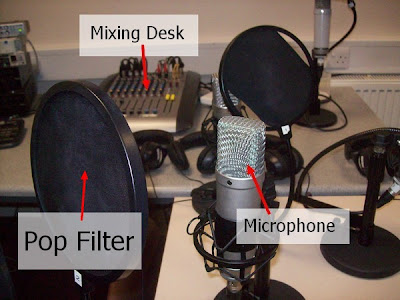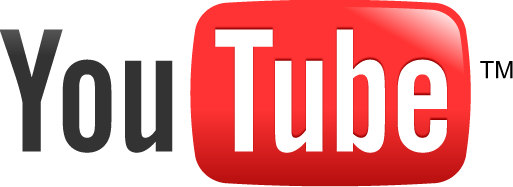-------------------------------------------------------------------------------
Richard:
On our PC dark sequences too dark, notice board behind Female at 2.00 should’ve been blacked out, would have omitted last shot, form outside, and left it as bursting thru the doors from inside to fade to white.
-------------------------------------------------------------------------------
Martin:
Great opening audio
I’d like to see the rest of the film – it’s good
Female seems to smile – doesn’t look like a caught terrorist facing torture
A cross between Blair Witch Project and the computer game “fallout”
-------------------------------------------------------------------------------
Andrew:
Excellent opening sequence –catches the interest.
-------------------------------------------------------------------------------
Paul:
Sets the scene for the story very well. Tells you just enough.
Very “Orwellian” use of terms like “citizen”
-------------------------------------------------------------------------------
Amanda:
Very good - but dark sequences too dark (probably our PCs)
-------------------------------------------------------------------------------
Michelle:
Thats scary!! Good but not my kind of movie - Mark would like it. (her Husband)
-------------------------------------------------------------------------------
Ian:
Was there a continuity error in the end sequence? The final doors they burst thru didn't seem to have windows and had another set of doors behind. The shot just before (from inside) obviously had bright light on the outside. Something didn't look right - just saying!
-------------------------------------------------------------------------------
The following comments were made on the YouTube link. YouTube allowed us to show people our video without having to go to them and collect the review in person. It saved us lots of time, which is very important when making a film.
The feedback was very helpful as it helped us to spot errors which we might not have spotted ourselves. If we had more time to work on the film, we would go back and ensure that these errors were corrected. The feedback also provided us with positive comments, which helped us to assess just how good the film was.

















































